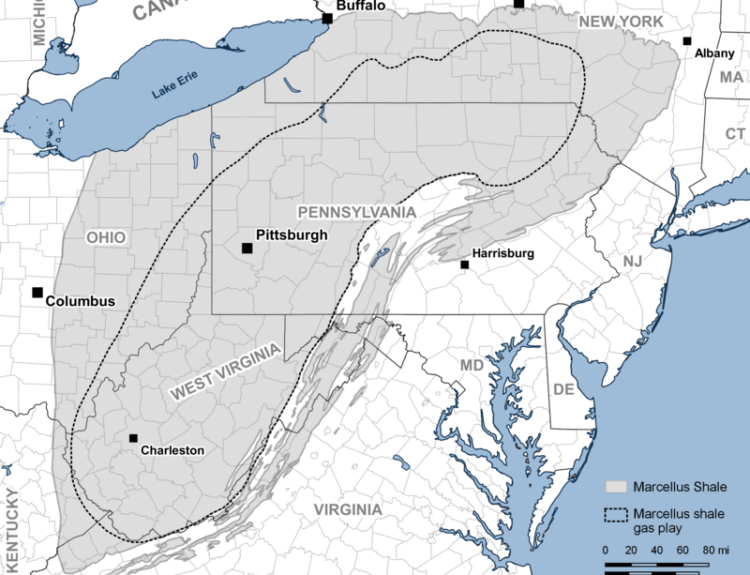Renewables saw record growth in 2023, but more action is needed to combat climate change
- Renewable energy grew at its fastest rate in 2023
- Solar power in China was the main driver of growth
- Renewable energy expected to increase by 2 1/2 times by 2030
- Increasing funds for clean energy in developing countries is the biggest challenge
- Goal of limiting global warming to 1.5 degrees Celsius
- Solar power and onshore wind energy deployment expected to double in several countries
- China to account for 60% of new clean energy capacity by 2028
- Prices for solar components declined by almost 50% in 2023
- Wind energy facing challenges outside of China
- Key challenges in developed countries are policy uncertainties and insufficient investment
- Key challenges in developing countries are access to finance and lack of strong governance
- Tripling renewable energy by 2030 depends on speeding up infrastructure development
The world saw the fastest growth in renewable energy in 2023, driven primarily by solar power in China. The International Energy Agency (IEA) reported that nearly 510 gigawatts of renewable energy capacity were added, with Europe, the United States, and Brazil also experiencing record growth. However, while renewable energy is on track to increase by 2 1/2 times by 2030, this falls short of the tripling goal set at the United Nations climate talks. The biggest challenge to achieving this goal is increasing funds for clean energy in developing countries. The IEA also highlighted the need to transition away from fossil fuels, but concrete requirements were not set. The report forecasts that solar power and onshore wind energy deployment will more than double in several countries, with China leading in new clean energy capacity. The cost of solar components declined by almost 50% in 2023, but wind energy is facing challenges outside of China. Developed countries face policy uncertainties and insufficient investment, while developing countries struggle with access to finance and weak governance. To triple renewable energy by 2030, countries must accelerate infrastructure development.
Public Companies: International Energy Agency (IEA)
Private Companies:
Key People: Fatih Birol (IEA Executive Director), Sean Rai-Roche (Policy Advisor at E3G)
Factuality Level: 7
Justification: The article provides information from the International Energy Agency’s report on the rapid growth of renewable energy in the past 25 years. It mentions the main driver of this growth, the goals set by nations to slow climate change, and the challenges that need to be addressed. The article also includes information on the record-breaking temperatures and the mention of fossil fuels as the cause of climate change in the Dubai agreement. Overall, the article provides factual information, but there is a lack of specific details and sources for some statements.
Noise Level: 7
Justification: The article provides information on the growth of renewable energy and the challenges it faces. It mentions the rapid growth of solar power in China and the record growth in Europe, the United States, and Brazil. It also discusses the goal of tripling renewable energy by 2030 and the challenges of increasing funds for clean energy in developing countries. The article mentions the goal of limiting global warming to 1.5 degrees Celsius and the need to transition away from fossil fuels. It provides forecasts for solar and wind energy deployment and discusses the challenges facing wind energy. It also mentions the key challenges to clean energy growth in developed and developing countries. Overall, the article provides relevant information and analysis on the topic of renewable energy and climate change.
Financial Relevance: No
Financial Markets Impacted: No
Presence of Extreme Event: No
Nature of Extreme Event: No
Impact Rating of the Extreme Event: No
Justification: The article does not pertain to financial topics and does not describe any extreme events.
 www.marketwatch.com
www.marketwatch.com 




